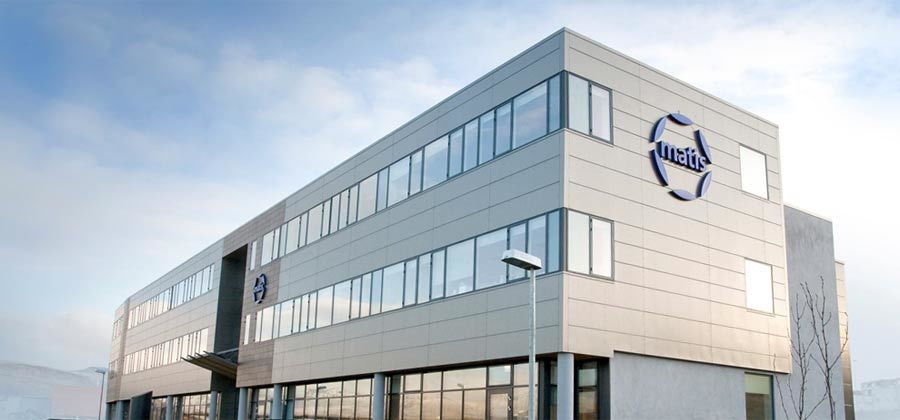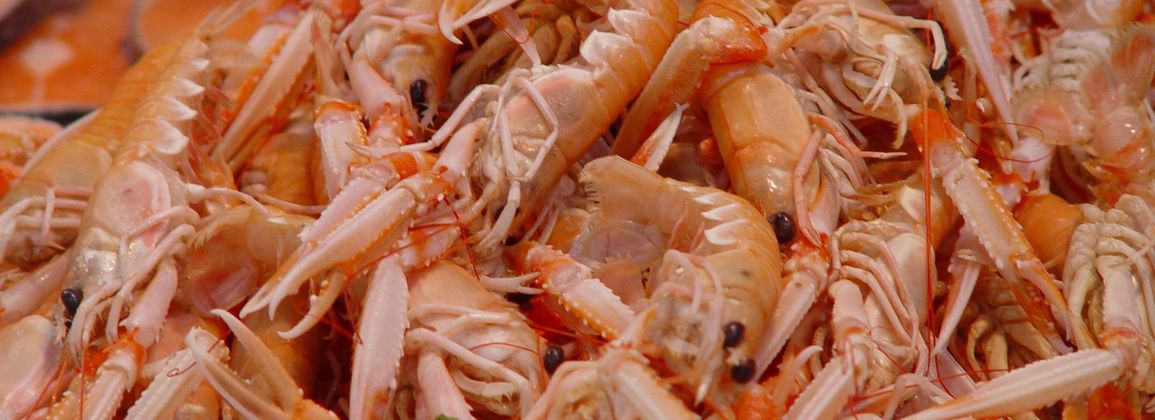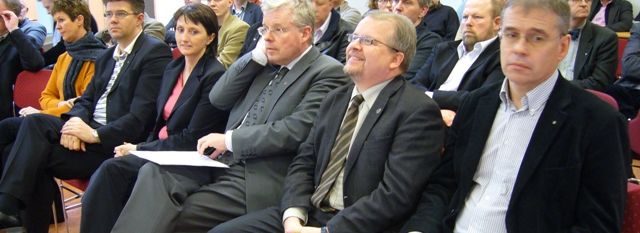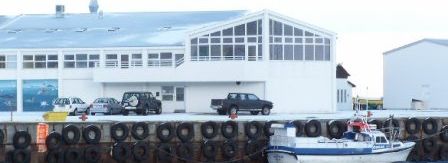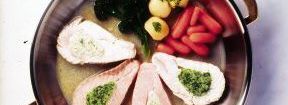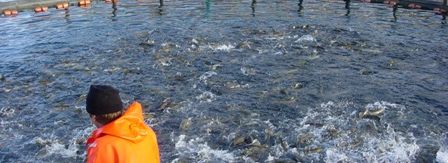Isolation and processing of bioactive peptides from underutilized species of marine organisms - preparation and formation of networks
In this preliminary project, preparations were made for the establishment of a center in the Westman Islands that will specialize in research, processing and marketing of products made from by-products of fish processing and underutilized species. The long-term goal is to start processing bioactive substances from seafood. To bridge the gap between raw material sourcing and specialized processing of bioactive substances, the center was expected to embark on projects that increase the value of by-products. A network was formed to ensure the development of skills and knowledge regarding the processing of bioactive and pharmaceutical forms. The network brought together both foreign and domestic researchers and stakeholders. Applications for collaborative projects were sent to Nordforsk and the NORA Fund, as well as applications to the ACP Fund with companies in Iceland for slag digestion processing, value added and product development. These emphases were also successfully incorporated into proposals for the Growth Agreement of the South, which was signed in October 2006. The collaboration will continue and the aim is to establish large international research projects on bioactivity in seafood. Special attention is paid to the 7th EC Framework Program. The group is also working on reviewing the status of each individual's knowledge and skills, and subsequently aims to publish a peer-reviewed review article on bioactive peptides in seafood.
The foundation of an R&D center in Vestmannaeyjar for utilizing marine byproducts by turning them into commercially viable products was prepared. The aim of the center is to establish state of the art of the processing of bioactive compounds from marine by-products and underutilized species. A small Nordic knowledge network to build competence and skills regarding bio processing of bio- and pharmaceutically active compounds was also established. The network now consists of scientists and industry related stakeholders from Norway, Scotland, Finland and Iceland. The network partners have decided to work together on joint international grant applications for R&D projects in marine bioprocessing. The network is currently comparing resources of knowledge and subsequently the aim is to publish a peer reviewed state of the art review of marine bioactive peptides.



